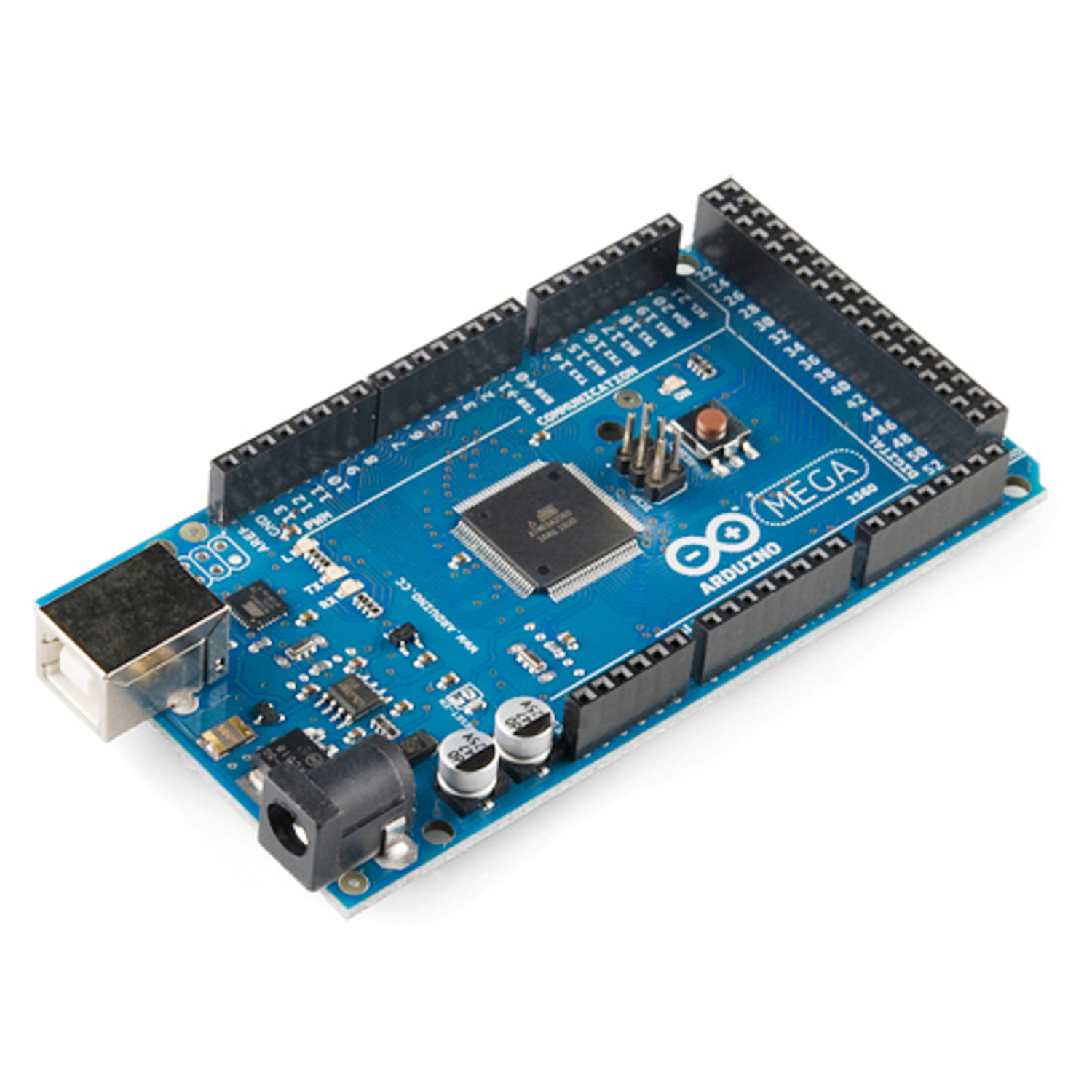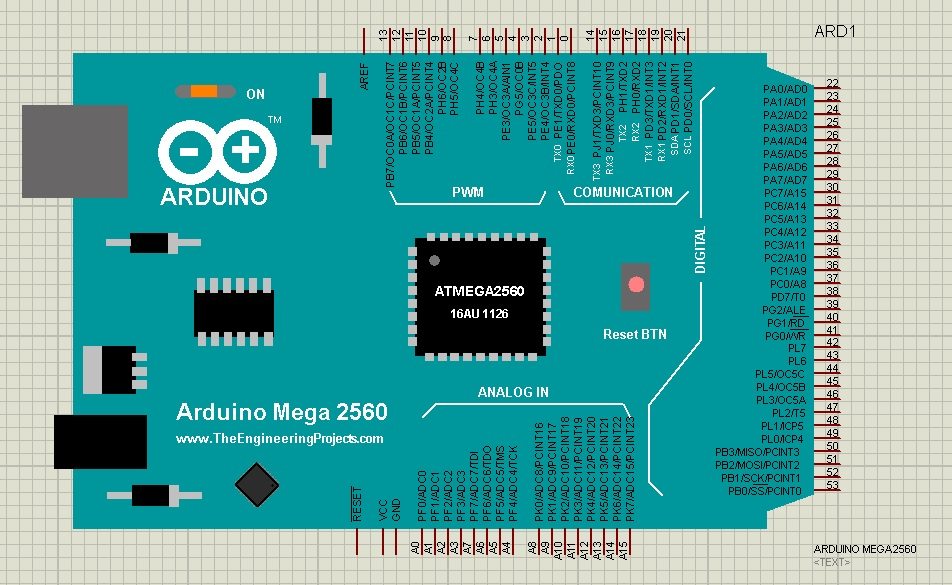

Be careful! Do not connect it to 5V or you will destroy your module! The third pin is named CE and you can connect it to any digital pin you like. You have to connect it to the 3.3V output of the Arduino Uno. You have to connect it to Arduino Ground. Unfortunately we can’t plug the module in the breadboard so we are going to use male to female wires in order to connect the module to Arduino. We have to connect 7 of the 8 pins of the module in order to make it work with Arduino. The cost of it is less than 3$! It operates at the 2.4GHz band and it can achieve at a data rate of 2Mbits! Impressive isn’t it? It uses the SPI interface in order to communicate with Arduino, so it is very easy to use with it.

The NRF24L01 module is a low cost bi-directional transceiver module. The cost of the module is extremely low, it costs around 2$ including the battery! We are going to use it in order to keep time in our Weather Station Project. Address and data are transferred serially through an I2C bidirectional bus. Two programmable time-of-day alarms and a programmable square-wave output are provided. The clock operates in either the 24-hour or 12-hour format with an AM/PM indicator.

The date at the end of the month is automatically adjusted for months with fewer than 31 days, including corrections for leap year. The RTC maintains seconds, minutes, hours, day, date, month, and year information. The integration of the crystal resonator enhances the long-term accuracy of the device as well as reduces the piece-part count in a manufacturing line. The device incorporates a battery input, and maintains accurate timekeeping when main power to the device is interrupted. The DS3231 is a low-cost, extremely accurate I2C real-time clock (RTC) with an integrated temperature compensated crystal oscillator (TCXO) and crystal. Using its battery it can keep time for years since it has minimal power consumption. The DS3231 real time clock module is as its name suggest a Real Time Clock. In order to use the DHT22 sensor with Arduino we have to use the DHT library. Lastly we connect the OUT pin to any digital pin of the Arduino. We connect the sensor pin with the - sign to GROUND. We connect the sensor pin with the + sign to the 5V or the 3.3V output of the Arduino. The connection with Arduino is extremelly easy. -40 to 125☌ temperature readings ☐.5☌ accuracy.0-100% humidity readings with 2-5% accuracy.2.5mA max current use during conversion.The digital signal is fairly easy to read using any microcontroller. There is also a chip inside that does some analog to digital conversion and outputs a digital signal with the temperature and humidity. The DHT sensors are made of two parts, a capacitive humidity sensor and a thermistor. It is cheap, easy to use and the specification claims good precision and accuracy. The DHT22 is a very popular Temperature and Humidity sensor. The receiver, measures the temperatutre and the humidity, receives the data from the remote sensor and displays everyting in big color tft display. The transmitter measures the temperatutre and the humidity and send the data wirelessly to the receiver. The project consists of two parts, the transmitter and the receiver.
#ARDUINO MEGA PROJECTS SOFTWARE#
But can a maker build a unit with a color TFT display and features that match those of a commercial unit? The answer is YES! With the power of open source software and hardware, one can build this impressive weather station easily! Building a weather station is extremely easy. In the Weather Station that we are going to build we are going to measure Temperature and Humidity in two locations and display the current date and time. With this project as a base and the experience gained, you will be able to easily build more complex projects in the future.Ī Weather station is a device that collects data related to the weather and enviroment using many different sensors. When you finish building this project you will have a better understanding of how wireless communucations work, how sensors work, and how powerful the Arduino platform can be. Building a Wireless Weather Station is a great learning experience.
#ARDUINO MEGA PROJECTS HOW TO#
In this Instructable I am going to show you how to build a Wireless Weather Station with a big 3.2" Color TFT display using Arduino.


 0 kommentar(er)
0 kommentar(er)
